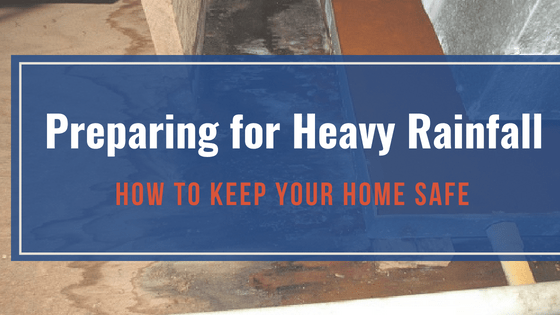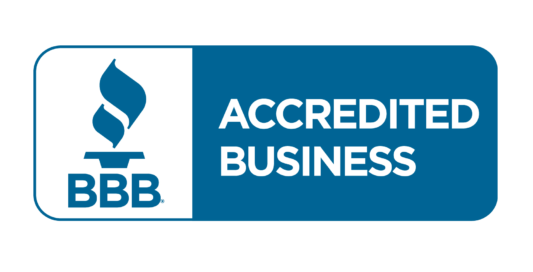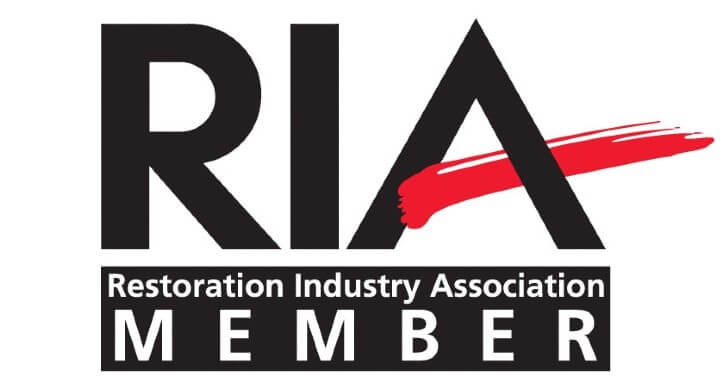Keep Your Home Safe from Flooding During Heavy Rainfall in San Diego
Living in Southern California, we’re all too familiar with natural disasters like fires and earthquakes. But what about flooding? According to the National Flood Insurance Program, flooding is the most common natural disaster in the United States. In recent years, the U.S. has experienced significant weather events, including multiple billion-dollar disasters like major inland floods and severe storms. As we face increasing climate-related challenges, preparation is key to minimizing damage from heavy rains.
During 2019, the U.S. experienced a very active year of weather and climate disasters. In total, the U.S. was impacted by 14 separate billion-dollar disasters including: 3 major inland floods, 8 severe storms, 2 tropical cyclones (Dorian and Imelda), and 1 wildfire event.
Take Early Precautions
Preparation should start before a flooding event occurs. Here are some essential steps to “flood-proof” your home:
– Elevate Major Equipment: Raise your furnace, water heater, and other permanent fixtures, like generators, above expected flood levels in your area.
– Test Sump Pumps: Ensure your sump pumps are working properly. If you own a generator, install a transfer switch to keep the sump pump operational during power outages.
– Install Back-Flow Valves: Protect your home from sewage backup by installing back-flow valves.
Have a Plan, Be Prepared!
It’s vital to have a comprehensive emergency plan that you review with your family:
– Evacuation Route: Plan and practice an evacuation route, including a meeting point in case family members get separated.
– Utility Shut-Offs: Discuss how to shut off utilities in case of an emergency.
– Survival Kit: Prepare a kit that includes important documents (like insurance policies), critical medications, cash, and credit cards for evacuation.
Additional Safety Measures
– Clear Gutters and Rain Spouts: Regularly clean leaves and debris from gutters to prevent water damage.
– Move Valuables: Relocate furniture, rugs, and electronics to upper floors or raise them off the floor.
– Shut Off Electricity: If there’s a risk of flooding, turn off electricity at the breaker panel and elevate appliances onto concrete blocks.
Understanding Water Damage vs. Flood Damage
It’s important to know that most homeowners insurance policies do not cover flood damage, which means you should consider purchasing a separate flood insurance policy. Familiarize yourself with the differences between flood damage and water damage, and check your coverage with your insurance broker.
Certified Restoration
If you experience flooding, promptly assess the damage and report any losses to your insurance company. For cleanup, contact a water damage restoration specialist to start the restoration process as soon as possible. Quick action minimizes damage to your property and belongings.
Certified Restoration has been serving the San Diego area for over 30 years, offering 24/7 emergency services for flood and water damage restoration. Our team is committed to being on-site within the hour to minimize damage and begin repairs, helping you and your family return to normal as quickly as possible.
For expert assistance with flood and water damage remediation in San Diego, call us at 619-373-0585. We’re here to help!




